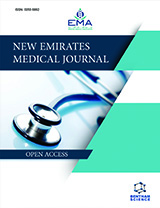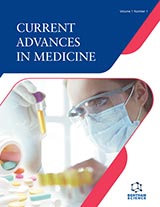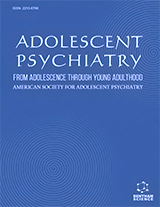Abstract
Unlike other infectious diseases and viral infections, the long-term chronicity of hepatitis C infection could worsen or propagate to irreversible extrahepatic manifestations like decompensated cirrhosis or the development of hepatocellular carcinoma. The recent real-world clinical data of hepatitis C patients treated with IFN-free DAAs are still fewer to conclude or decide the best treatment protocols and guidelines for those who are still awaiting the treatment. However; based on the clinical data retrieved from the diverse patient cohorts, multicenter and multinational clinical studies, and pre- and post-therapeutic monitoring of hepatitis Ctreated patients enable the clinicians, physicians, and health care providers to sketch consensus treatment guidelines and recommendations for the safe administration of DAAs in general and vulnerable hepatitis C infected populations. Interestingly and luckily, the treatment guidelines and recommendations approved by the FDA and CDC are following and working well in real-world clinical, hospital, and primary health care centers to manage hepatitis C, infected individuals. Albeit; for certain special populations like pediatric and pregnant hepatitis C females, we do not have clear guidelines for DAAs usage and their therapeutic monitoring. Furthermore, certain DAAs are not recommended in decompensated cirrhotics, in HCV rebound patients, and in previous treatment failure with a DAAs regimen. In this book chapter, we enlist updated treatment guidelines and recommendations to treat general as well as special hepatitis C-infected populations with DAAs and will briefly portray an overview of the pros and cons of these recommendations in real-world clinical settings.






















